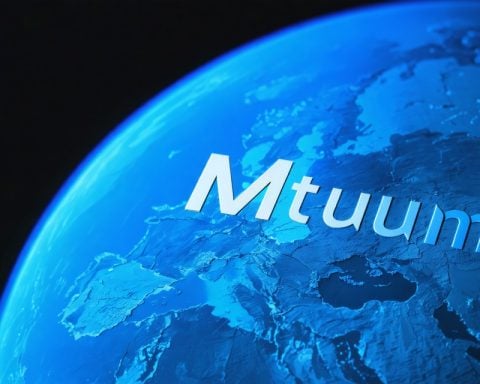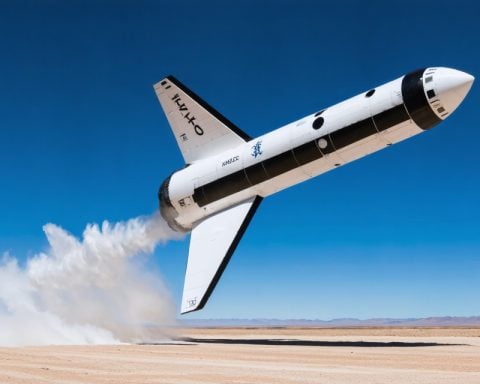- A massive mudslide in Topanga Canyon has blocked SR-27 following the Palisades Fire.
- As of February 2, Topanga Canyon Boulevard remains buried under thick mud, complicating cleanup efforts.
- Heavy machinery is deployed, but more storms could exacerbate the situation, with debris basins nearly at full capacity.
- Fire damage has severely impacted critical infrastructure, delaying restoration efforts.
- Caltrans is focused on emergency responder access as they assess options for reopening roads.
- The road closure affects around 14,000 daily vehicles, significantly impacting the local community.
- Topanga Canyon’s future remains uncertain as recovery efforts are underway amid ongoing environmental challenges.
A colossal mudslide has wreaked havoc in historic Topanga Canyon, outside Los Angeles, following last month’s destructive Palisades Fire. On January 27, powerful torrents unleashed a deluge of mud that sealed off access to SR-27, forcing Caltrans to announce an indefinite road closure.
As of February 2, large swathes of Topanga Canyon Boulevard lay buried beneath thick, dark sludge, captured in stunning drone footage. Heavy machinery, including snowplows, battled to clear the mess, revealing an epic scene where workers struggled against towering mud piles.
Experts have warned that more storms are on the horizon, potentially worsening the situation. Debris basins, which normally safeguard against such disasters, are already alarmingly filled to 80% capacity. Compounding the issue, rockslides from the recent wildfire had previously destabilized the area, rendering it vulnerable to toxic runoff that can devastate the landscape.
Initial assessments highlight extensive fire damage affecting essential infrastructure like retaining walls, traffic signals, and drainage systems along the road. Although Caltrans is evaluating options for limited access, emergency responders will be prioritized until conditions improve.
With about 14,000 vehicles typically traversing this vital connection between the Pacific Coast Highway and the San Fernando Valley daily, the impact on the small rural community of Topanga is immense. This serene haven, once home to icons like Neil Young and Jim Morrison, faces an uncertain future until the roads are restored.
Takeaway: Stay informed and prepare for potential challenges ahead as nature continues to reshape the landscape of Topanga Canyon.
Topanga Canyon’s Mudslide: A Catastrophe Unfolding
Overview of the Mudslide Disaster
A catastrophic mudslide has recently struck Topanga Canyon, following the devastation caused by the Palisades Fire. The heavy rainfall on January 27 led to a deluge of mud that has significantly impacted the access to SR-27, resulting in an indefinite road closure mandated by Caltrans. The affected area, which usually sees around 14,000 vehicles daily, is now grappling with a crisis that threatens both the community and the infrastructure.
New Insights and Relevant Information
1. Current Emergency Response Efforts
Heavy machinery is actively clearing the thick layers of mud that have engulfed Topanga Canyon Boulevard. Emergency responders prioritize rescue operations, ensuring that essential services are maintained amid the chaos. The region is facing challenges with the upcoming adverse weather, which could hinder recovery efforts.
2. Environmental Concerns and Predictions
Experts warn that future storms could exacerbate the situation. The debris basins, designed to absorb excess water and debris, are filled to 80% capacity, raising concerns about potential overflow and additional mudslides. The runoff combined with wildfire debris poses a substantial environmental risk, threatening the local flora and fauna.
3. Infrastructure Assessment and Restoration Plans
Initial evaluations reveal that the mudslide and preceding fire have severely damaged critical infrastructure including traffic signals, retaining walls, and drainage systems. Caltrans is conducting assessments to formulate a strategy for restoring road access while ensuring safety for the community.
Important Related Questions
1. What is the long-term impact of mudslides on Topanga Canyon?
Mudslides can lead to significant and long-lasting alterations in the landscape, affecting ecosystems, wildlife habitats, and water sources. Additionally, the loss of connectivity can hinder economic activities and accessibility for residents.
2. How does wildfire damage contribute to mudslide risk?
Wildfires strip vegetation that typically stabilizes the soil. Without this natural barrier, rainfall can easily wash away the loose soil, contributing to mudslide risks. Burned areas are more susceptible to runoff and erosion, leading to catastrophic events such as the recent mudslide.
3. What steps are being taken to enhance community resilience against future disasters?
Local authorities and environmental organizations are exploring sustainable landscaping practices, improved drainage systems, and effective emergency response plans to better prepare for future weather-related disasters. Community education on disaster preparedness is also being prioritized.
Conclusion
The mudslide in Topanga Canyon serves as a stark reminder of the intersection between climate patterns and environmental degradation. As recovery efforts unfold, the community must remain vigilant and proactive in addressing the challenges posed by nature.
For in-depth updates on this situation, you can visit Caltrans or Los Angeles City for more information.









